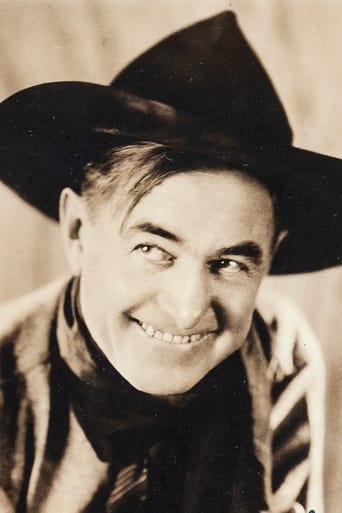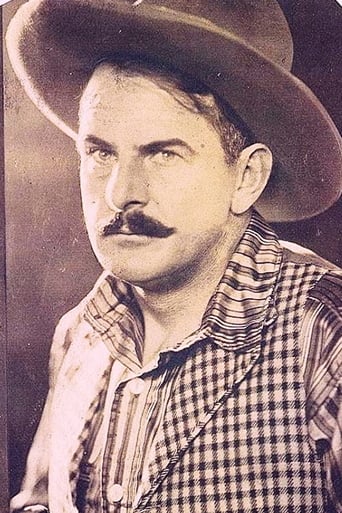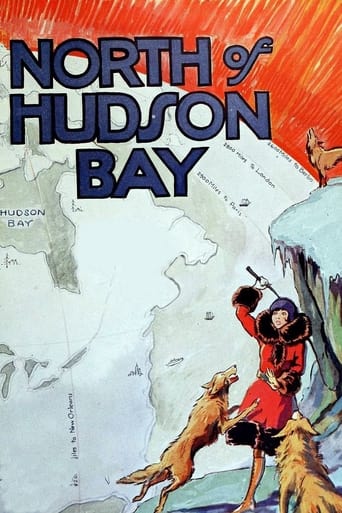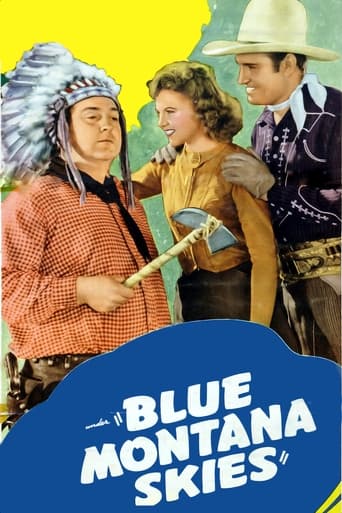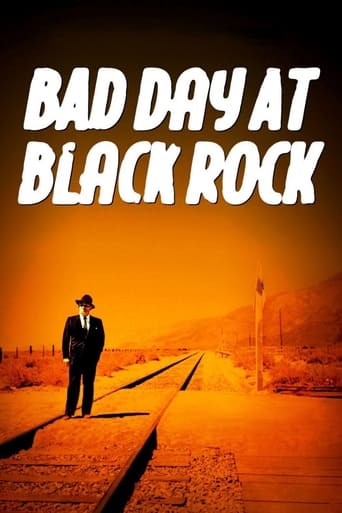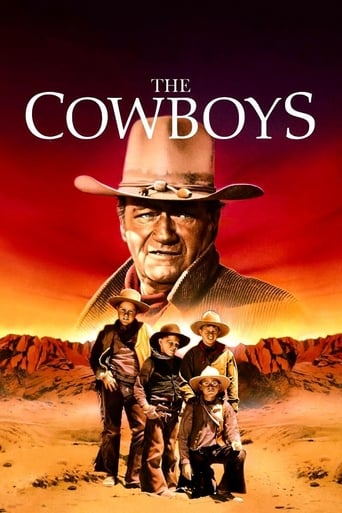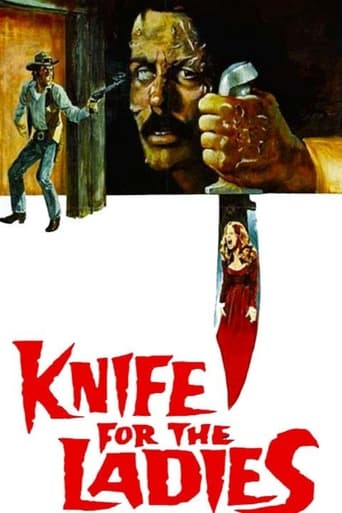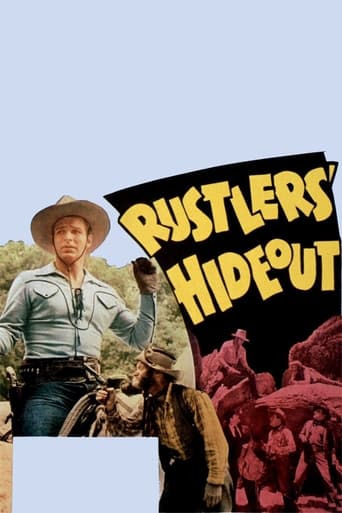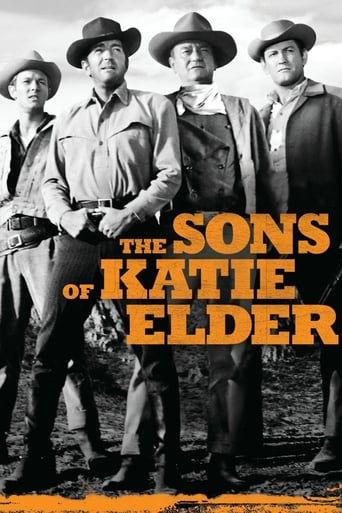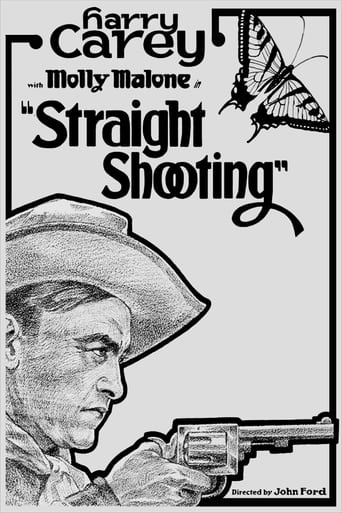
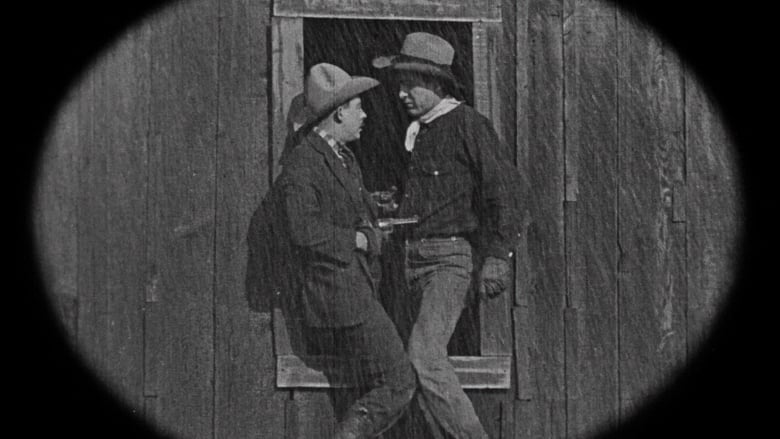
Straight Shooting (1917)
Cattleman Flint cuts off farmer Sims' water supply. When Sims' son Ted goes for water, one of Flint's men kills him. Cheyenne is sent to finish off Sims, but finding the family at the newly dug grave, he changes sides.
Watch Trailer
Cast
Similar titles
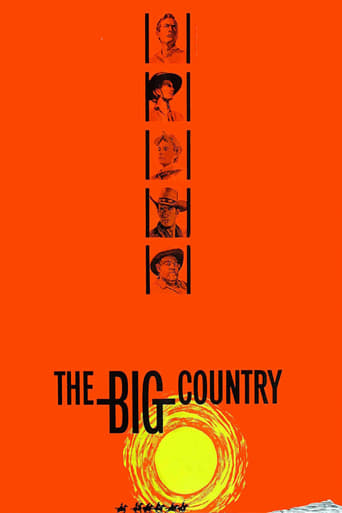
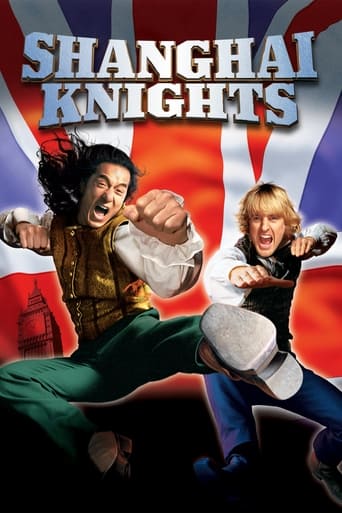
Reviews
I love this movie so much
The film's masterful storytelling did its job. The message was clear. No need to overdo.
It's funny, it's tense, it features two great performances from two actors and the director expertly creates a web of odd tension where you actually don't know what is happening for the majority of the run time.
The film never slows down or bores, plunging from one harrowing sequence to the next.
"Straight Shooting" is notable as John (aka Jack) Ford's first feature length film. He had directed a few two-reelers earlier. In fact this film started out as a short but was expanded to feature length during production. It stars Harry Carey as a recurring Ford character, Cheyenne Harry.The plot is what would be a staple among westerns, the cattlemen against the nesters. Leading the cattle ranchers is Thunder Flint (Duke Lee) who wants to drive the farmers off of their land. Sweet Water Sims (George Berrell) and his comely young daughter Joan (Molly Malone) and son Ted (Ted Brooks) represent (for budgetary reasons) the struggling farmers.Flint hires wanted criminal ($1,000 reward no less) Cheyenne Harry (Carey) to drive the nesters out. Harry is a hard drinkin', hard smokin' fast on the draw hombre. He even gets into an all night drinking bout with Flint co-hort Placer Freemont (Vestor Pegg). Before Harry can take action on the farmers, Flint dry gulches young Ted Sims, killing him. Harry comes upon the burial service and takes pity on them, the lovely Joan in particular. Joan has been the apple of cowhand Sam Turner's (Hoot Gibson) eye during all of the trouble.Harry sees the error of his ways and sides with the farmers. Flint orders Freemont to kill Harry. In a showdown, Harry prevails. Flint then gathers a large gang of cattlemen and plans an attack on the farmers. Seeing that the farmers are badly outnumbered, Harry seeks help from a former outlaw pal Black-Eye Pete (Milton Brown) and his gang. A large battle ensues and...............................Harry is then faced with a dilemma. Does he get Joan to mend that tear in his shirt or does he ride on? Many of Ford's future trademarks are in this film. He always liked plenty of hard ridin' horsemen complete with horse falls with plenty of action. Long panoramic shots such as the shot of a cattle drive from the top of a hill impress. Lots of gun play, a sympathetic good/bad hero and a little romance thrown in. The trademark "Fordian" humor would come later. By the way, what happened to the price on Harry's head?A good start to a long and rewarding career.
It's been objected that Straight Shooting uses static camera positions, but especially in the long shots fine action and scenery are captured, like lines of horsemen coming down a hillside. In the story characters make interesting choices: a cowboy aids a farmer, a bandit gets the band of a chum of his to come fight against the bad guys who want possession of the whole territory and especially its water. The Bess played by Mollie Malone (a more solid presence than some other actresses) gets her gun ready as does another woman. And Bess too makes some interesting choices. If I can judge by the hat, a Mexican guy steals a jar of jam, but he's helped save the farm, one of the ways Ford and Hively avoid the sexism and racism of D. W. Griffith's Battle of Elderbush Gulch of a few years previous. That said, the Prague print I saw has gaps following out threads of the story. There's a pretty good shootout with the two guys using long rifles--this is the older west, though already the myth had been around quite a while.
This is notable for being an early directorial effort by John Ford, the great Western filmmaker. It's short and simple--about a feud between ranchers and farmers over water supply. The print I saw was missing some brief footage, and the film isn't in the best shape. Still, it is clearly unimpressive. There are plenty of shots with open doorways, and one might find similarities with Ford's later work, but the static camera positioning is prosaic even for 1917.Harry Carey's Cheyenne Harry is a bandit turned good after seeing an attractive female--a role too similar to the one William S. Hart had already introduced to the screen in nearly every one of his vehicles. And, the climax of "Straight Shooting" seems to be taken straight from D.W. Griffith; it especially resembles "The Birth of a Nation" in a clumsy, derivative way. Eventually, Ford would improve upon past films and film-making, but here he was just copying others.
Apparently the earliest Ford film to survive intact, Straight Shooting could hardly be bettered as a prototype for so many films later in his career-- there are moments that are reproduced almost exactly in The Searchers in particular, and to a lesser extent in The Man Who Shot Liberty Valance, etc. While this modest genre film doesn't treat these themes with the deep emotional resonance of the later classics, it is surprisingly serious and thoughtful, and shows that the young Ford was unusually responsive to the emotional gravity that an older star like Carey could bring to a simple shoot 'em up-- the film is more mature than many of his 20s films with George O'Brien.
